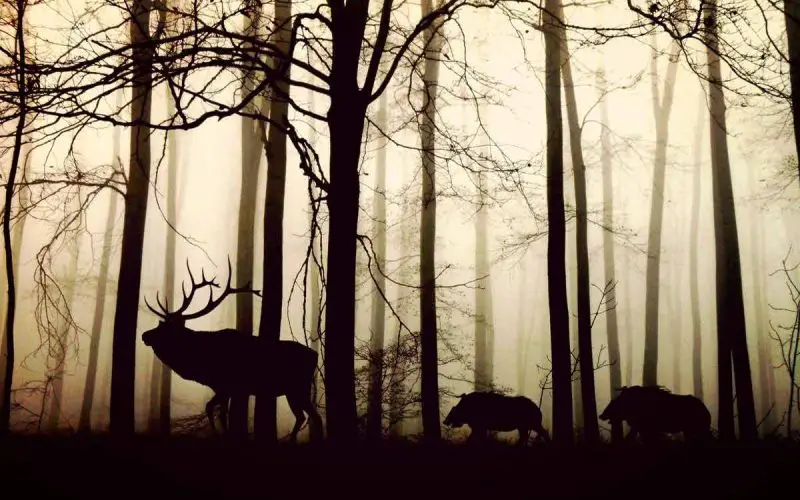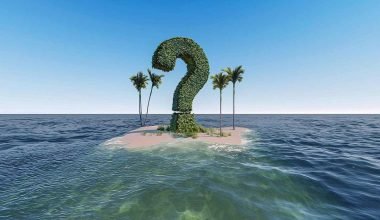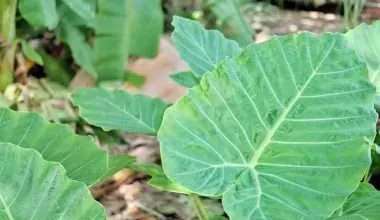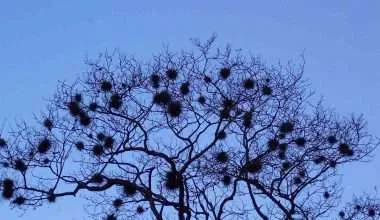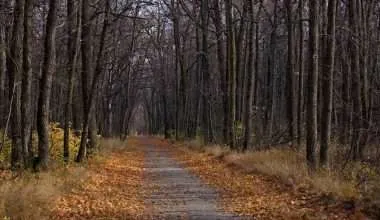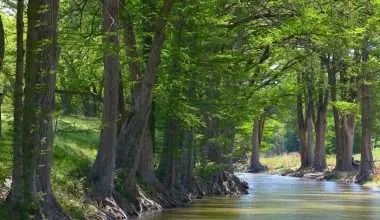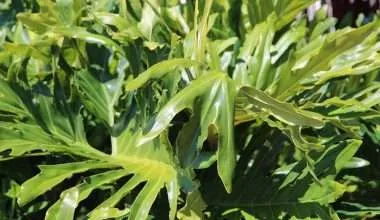Table of Contents Show
An ecosystem refers to a practical unit of nature where living organisms act together among themselves and with the surrounding physical environment. Environmentalists look at the whole biosphere as a global ecosystem. Moreover, the forest ecosystem is a part of the terrestrial ecosystem.
However, it can differ generally in size; for example, it can be a small pond or a sea or a huge forest. Typically, these are self-sustaining. We can split the ecosystems into two comprehensive classifications, specifically, terrestrial ecosystem and aquatic ecosystem.
The terrestrial ecosystem includes grassland, desert, and forest ecosystem, but lake, pond, river and wetland ecosystem fall under the aquatic ecosystem umbrella.
What is a Forest Ecosystem?
A forest ecosystem is a functional unit or a classification which includes birds, insects, trees, animals, soil, and humans as its networking units. A forest is a big and multifaceted ecosystem and therefore has more species diversity.
Furthermore, it is much more unchanging and unaffected by the harmful alterations in comparison to the smaller ecosystems like wetlands and grasslands.
Forest ecosystems, like any other ecosystem, also consist of abiotic and biotic components. Abiotic components are inorganic elements like air, soil and water. Biotic components comprise of producers, consumers, and decomposers.
These components intermingle with each other in an ecosystem and as a result, this collaboration among them makes it self-sustainable. These connections allow for very high sustainability among forested ecosystems. These are often indicative of forest health as well.
Structural Features of the Forest Ecosystem
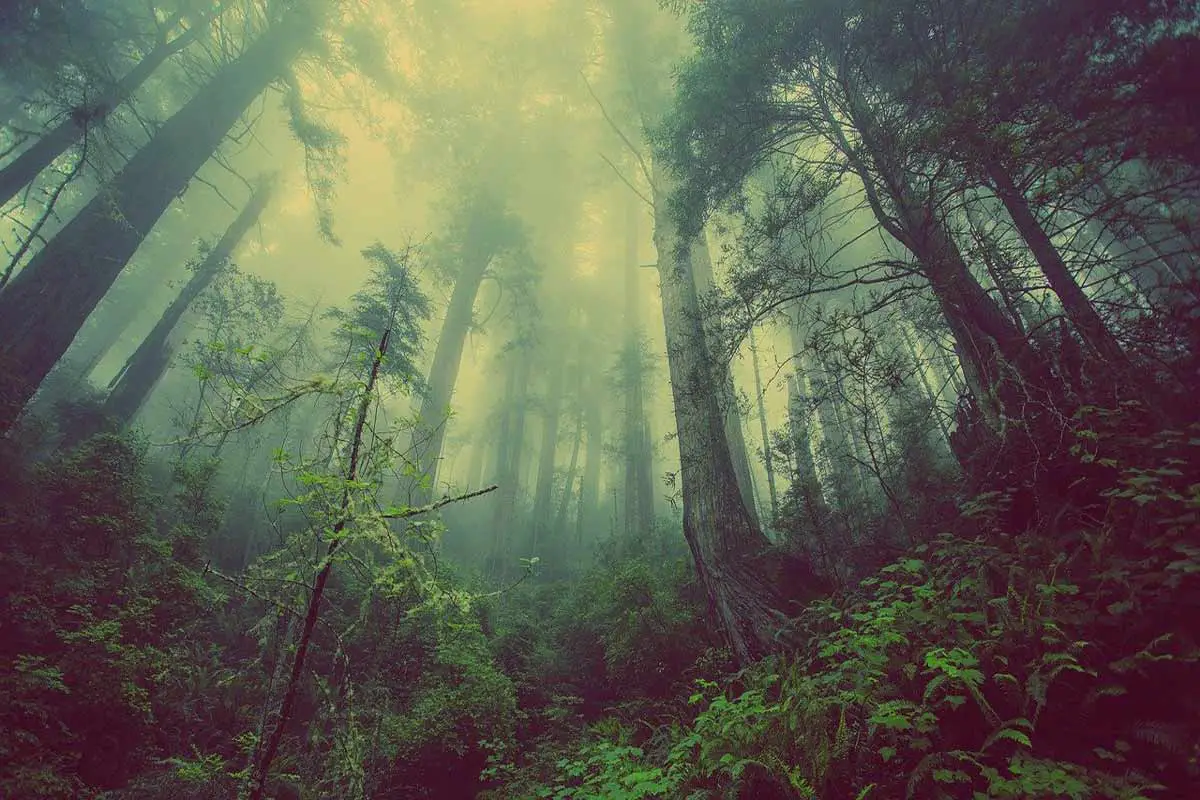
The two central structural features of a forest ecosystem are:
1. Species composition:
It refers to the documentation and record of the flora and fauna species in a forest ecosystem.
2. Stratification:
It refers to the vertical hierarchy of different species which function on different levels in the forest ecosystem. Each organism has its place in an ecosystem on the foundation of source of nutrition. For instance, trees are on the top level with best access to sunlight, shrubs are in the second and grasses/ small plants occupy the bottom level.
Components of a Forest Ecosystem
The components of a forest ecosystem, responsible for most of ecosystem function, are as follows:
1. Productivity
The basic condition for any ecosystem to operate and sustain itself is the continuous supply of solar energy. Plants are too the producers in a forest ecosystem.
There are two sorts of productivity in a forest ecosystem: primary and secondary. Primary productivity refers to the amount of solar energy captured or biomass production per unit area over some time by the plants through photosynthesis.
A further classification is made into Gross Primary Productivity (GPP) and Net Primary Productivity (NPP). GPP of an ecosystem is the rate of capture of solar energy or the complete production of biomass. But, plants similarly use a substantial amount of GPP in respiration.
Therefore, NPP is the amount of leftover biomass after being used by plants or producers. We can therefore say that NPP is the amount which is accessible for the intake of herbivores and decomposers. Secondary productivity refers to the rate of absorption of food energy by the consumers.
2. Decomposition
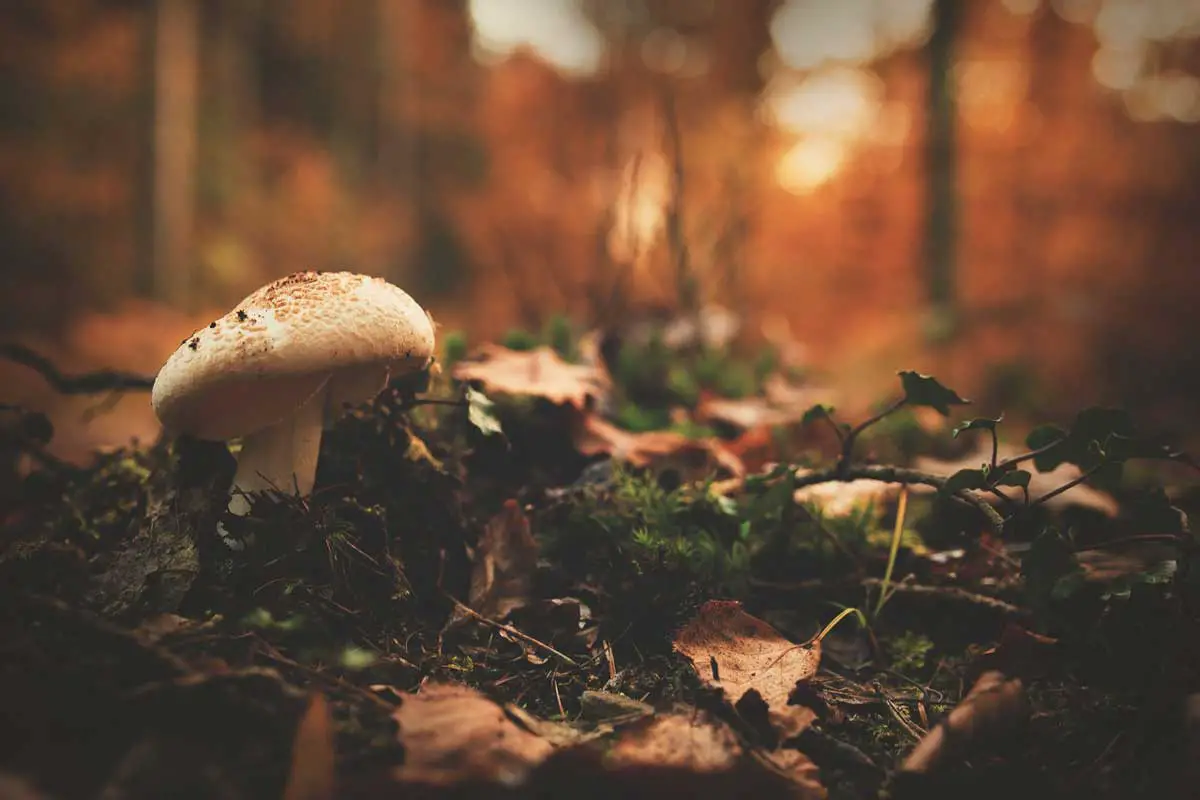
Decomposition is an exceptionally oxygen-requiring practice. In the course of decomposition, decomposers transform the complex organic compounds of debris into inorganic substances like, nutrients, water and carbon dioxide.
The debris or ‘detritus’ is the leftover residues of the dead plant such as flowers, bark, leaves and moreover, the remains of the animals, plus their fecal matter. The stages of decomposition are fragmentation, leaching, catabolism, humification and mineralization.
In the fragmentation stage, detritivores (small organisms that feed off the debris) disintegrate the detritus into smaller particles. During leaching, water-soluble inorganic soil nutrients slip deep down into the soil and become unavailable salts as they get out of reach.
Catabolism occurs when bacterial and fungal enzymes break down detritus into further non-complex inorganic substances. Humification and mineralization occurs during the decay of soil, not of detritus (dead organisms).
The humification process results in the accrual of humus which experiences decomposition at quite a relaxed rate. During mineralization, the humus is degraded even more by microbes and consequently, inorganic nutrients are released.
3. Energy flow
Energy flows in a single direction. First off, plants entrap solar energy and then, transmit the food to decomposers. Organisms of varying trophic levels (tiered levels of organisms in an ecosystem) are linked to each other for food or energy and consequently create a food chain.
The Energy Pyramid is upright every time since energy flows from one trophic level to the next and during this process, some energy is always lost as heat at every phase.
4. Nutrient Cycling
Nutrient cycling is the movement and storage of nutrient elements in the many components of the ecosystem. There are two kinds of nutrient cycling: gaseous and sedimentary.
As for the gaseous cycle (i.e. carbon, nitrogen), the hydrosphere or atmosphere is the reservoir, while the Earth’s crust is the reservoir in the sedimentary cycle (i.e. phosphorus)
All four of these attributes allow functioning of the Earth, and with it, Mankind. Hence, these are considered as forest ecosystem services as these flows and cycles are part of an ecosystem process that provides us (humans) with food, oxygen and water.
Forest Types and Their Unique Features
(a) Temperate Forest Ecosystem
The temperate forest ecosystem is the most common of the world’s forests. Temperate forests are in areas where the climate alters a lot from summer to winter.
Tropical rainforests, in contrast, are found in regions where the weather remains constant throughout the year.
Temperate forests are virtually always consistent of two kinds of trees: deciduous and evergreen. Both are however considered “woody plants”.
Deciduous forest trees shed their leaves in the winter. Evergreens are trees that keep their leaves all year, such as pine trees. Forests can either be one or the other, or a blend of both.
Another type of forest is a temperate rainforest. These are located in the United States, namely, Washington, Oregon and California. These forests consist of sequoias and redwoods, the largest tree species in the world. The volume of precipitation in the region governs the forest’s development.
If there is adequate rain for growth of trees, then a forest will typically develop. Otherwise, the region will turn into grasslands.
(b) The Tropical Rainforest Ecosystem
Tropical rainforests are one of the most vital forest ecosystems on Earth. These outstanding ecologies are homes to countless species of animals and plants. Rainforests not only have high biodiversity of plants, but are also fully packed with tall trees that create a ceiling (canopy) from the sun above.
This ceiling stops smaller plants on the forest floor from growing, but some parts where sunlight makes it to the surface, they are filled with fascinating plants. These plants are considered the “understory” or the shrub layer of a forest.
Rainforests get its name for the fact that they get a lot of rain – an average of 80 inches annually. The temperature doesn’t vary too much throughout the year, it being always warm and clammy. The well-known Amazon jungle is found in Brazil, South America. This specific tropical forest is termed as “Neotropics”. Further large blocks of such forests are found in Central and West Africa.
When such trees are found in forest-level numbers on elevations (like mountain sides) at 3000-10000 feet, and in moist conditions, they are referred to as a cloud forest.
(i) Insects of the Tropical Rainforest
The most dreaded and famous spider in the world lives in the jungle. Tarantulas are one of the spookiest creatures you will ever come across. Most types of tarantula have venomous fangs for biting their target and for self-defense.
Though some are lethal to humans, others are benign. Army ants are only a single species of ant in the rainforest. They are termed army ants for they march in a lengthy, thick line through the jungle. They only halt when the early larvae touch pupil stage. After the queen lays its eggs, the ants begin marching once more.
Stunning butterflies fill the forest, but at one point in time these insects aren’t so pretty since they start off as caterpillars, which tend to be a bit on the fuzzy, unattractive side. With the process of metamorphosis, they change into a butterfly. Centipedes aren’t so fortunate. They don’t transform into butterflies, in¬stead wander the forest in search of food.
(ii) Tropical Rainforest Birds:
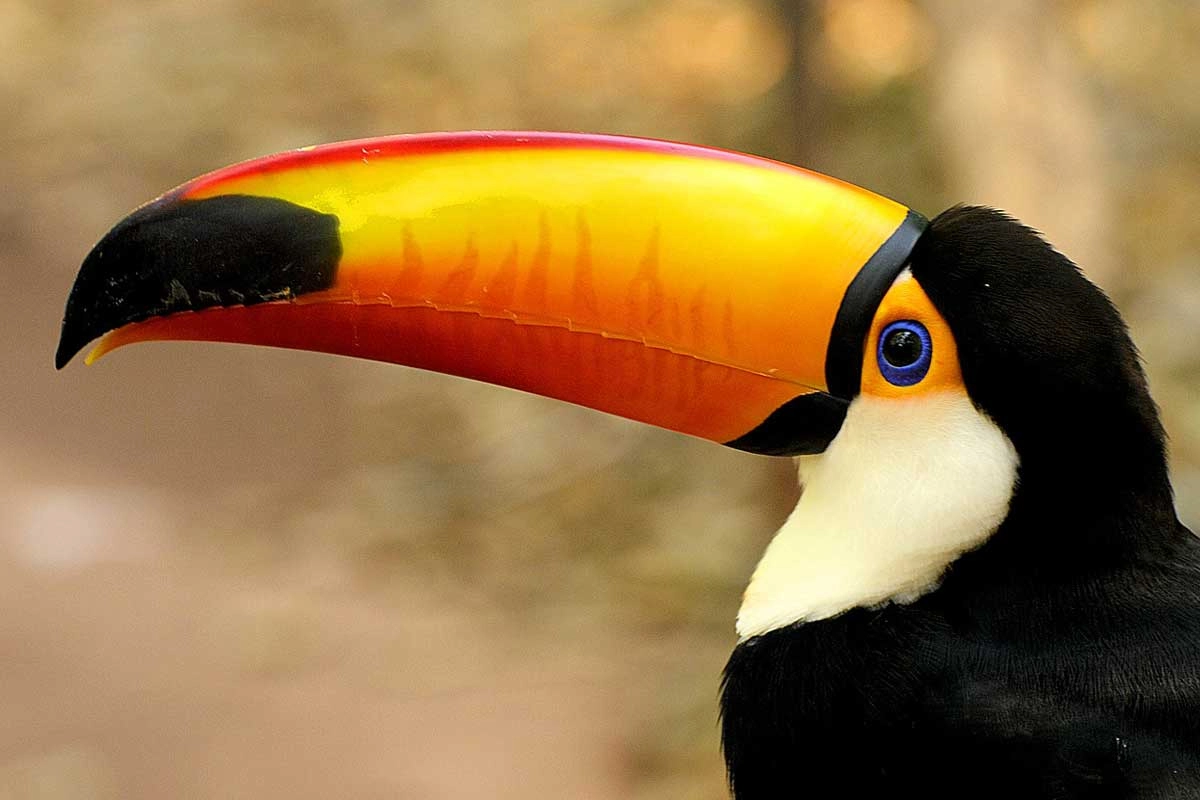
Rainforest birds are some of the most stunning in the world. An eclectic array of colors can be observed zipping through the trees as the forest canopies come to life. Several species of tropical birds are had as pets for of their looks.
Numerous species of parrot reside in the rainforest. The scarlet macaw is one of them. It is moreover one of the most elongated, extending to a size of 3 feet from its head to the tip of its tail. When these macaws feed on a poisonous fruit, they ingest a special kind of clay that nullifies the poison.
Toucans are really intriguing birds as well. They have big beaks that they use to get fruit they can’t reach. Researchers claim there are 33 classes of toucan in the rainforest and not every tropical bird has the best looks; the hoatzin appears more like a peacock, minus the beautiful tail.
Hoatzins are awful flyers – crash landings are regular. The brown kiwi is a nonflying bird that looks more like a rodent with a stretched beak and feathers. Alternately to trees, Kiwis belong on the ground and they have distinct talons used for digging, defense, and running.
(iii) Tropical Rainforest Mammals:
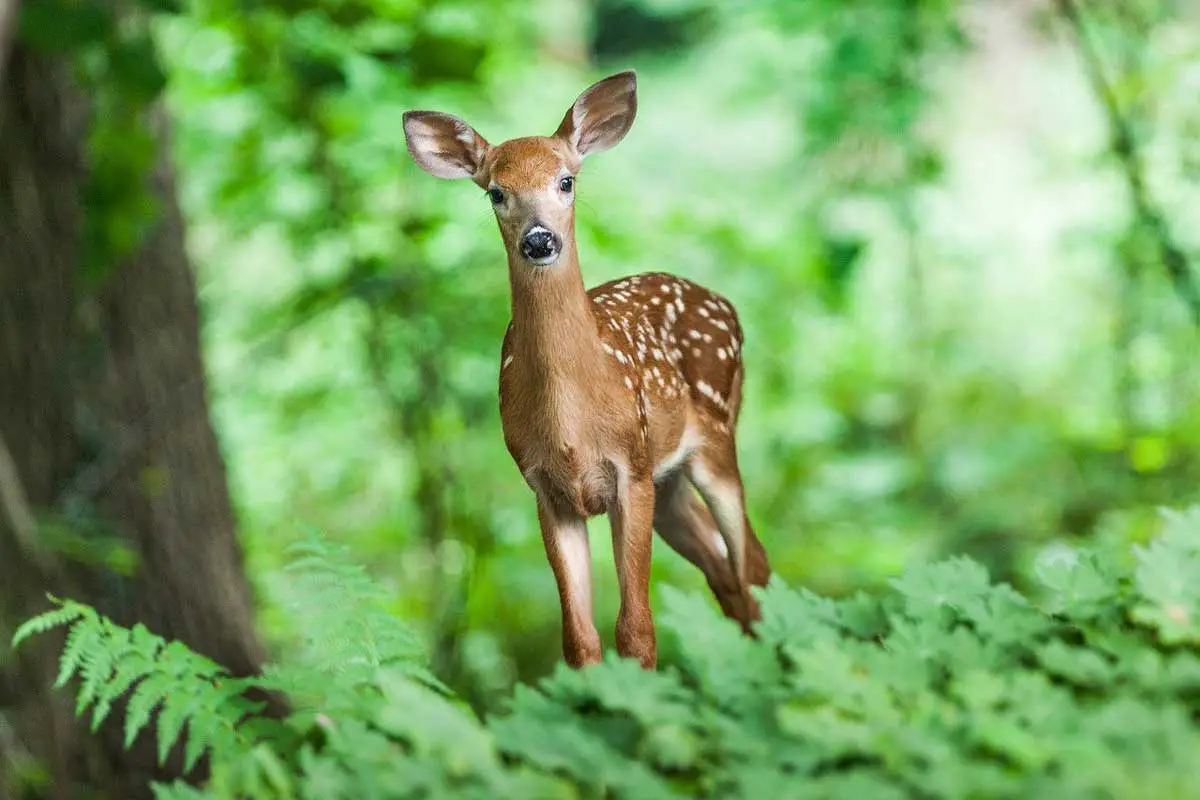
Birds aren’t the only animals that soar through the rainforests. Many species of winged mammals live in the jungle. From the innocent fruit bat to the exceptional flying squirrel, the tropical rainforests are packed with amazements.
The Indian flying fox is one of the biggest bats worldwide. Its wings can extend out to 5 feet in width. Contrasting bats in other areas of the world, these bats don’t live in caves. They favor dangling in trees throughout the day. Hundreds or even thousands of bats can be seen in just one tree.
Vampire bats are found in the Amazon jungle of South America. The famed tales of blood-sucking bats perhaps originated here. These bats do actually drink the blood of their preys. They commonly target farm animals, but nevertheless have enjoyed the blood of humans too. However, vampire bats only consume a very slight amount of liquid.
(iv) Tropical Rainforest Reptiles:
The tropical rainforests are filled with reptiles. Reptiles are cold blooded, which refers to their body temperature relying on their surroundings. Thus, it is essential for them to live in warm environments. There are many snakes in the rainforests and the mamba species is the most deadly of all. They exterminate their prey by shooting poison from their sharp fangs.
Anacondas are another snake species and are some of the longest animals on the planet, as they may reach 30 feet in length.
Anacondas choose to coil themselves around their victim and crush them with their strength, instead of injecting poison. Anacondas consume their prey entirely and snooze while the food is digesting.
Chameleons are remarkable lizards that can change their color into the same is its surroundings, which allows them to completely blend in and sometimes seem like they have disappeared.
Not only is this a pretty cool camouflage from predators, it is a surprising way to sneak up on their prey too. Chameleons only feed on insects found in the tropical rainforest.
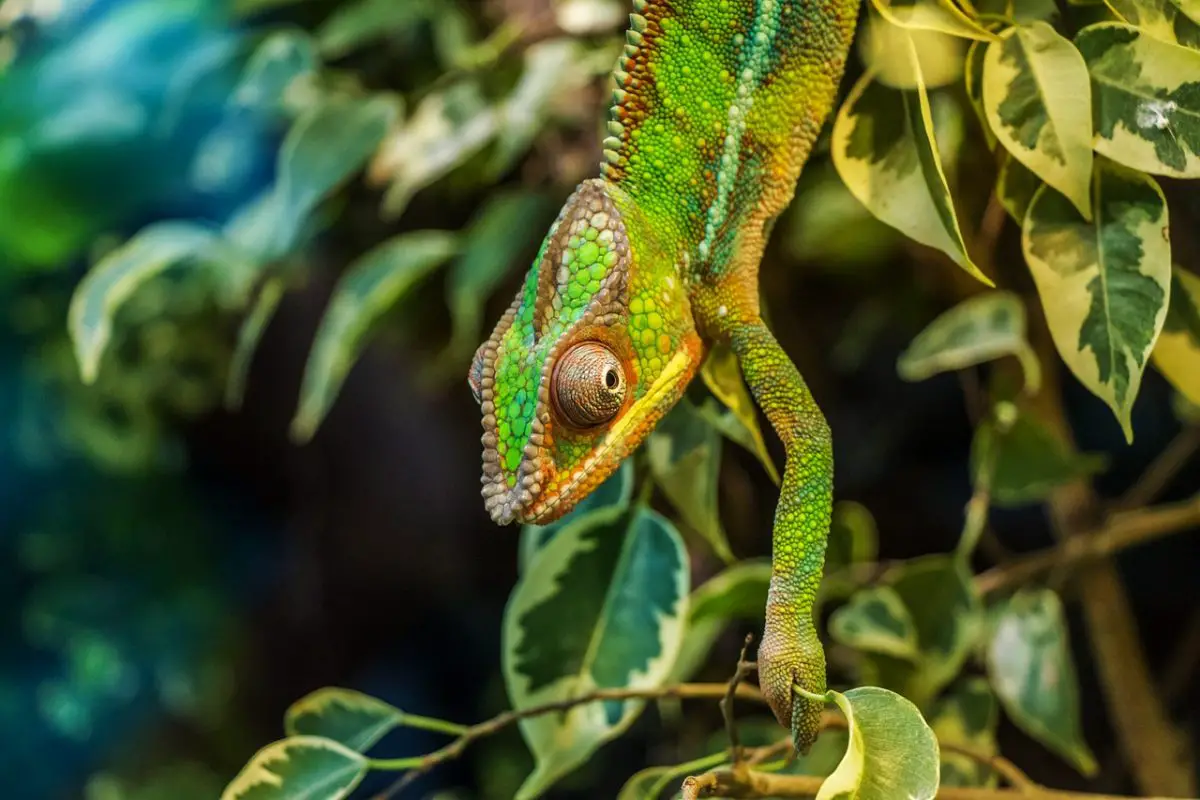
Geckos are pretty amazing creatures. The flying gecko can plunge from tree to tree to run away from predators. Their grip is so powerful, that if you attempted to yank one off a window, the glass would crack before the gecko would let go.
(v) Tropical Rainforest Primates:
Monkeys and their cousins are all primates, as are humans. There are several types of monkeys spread throughout the tropical rainforests of the world.
Monkeys can be allocated into two classifications: New World monkeys and Old World monkeys.
Spider monkeys are found in the rainforests of the Andes Mountains. They look very peculiar with their elongated noses.
Spider monkeys feed on typically fruit and nuts, so they are termed frugivores, as are the howler monkeys. They are named howler monkeys (or mantled howler) for the reason that they have a unique sac that makes their noises louder.
Old world monkeys are found only in Asia and Africa.
The colobus monkey is one these. These monkeys are labeled as “foliovores” since they eat leaves. They live in small clusters of 15, however, other primates live in bigger groups of up to 200!
There are a LOT of species found here. Orangutans, gorillas and chimpanzees are all named pongids (great apes).
These primates are more well-known than others. Gorillas are far too large to climb trees, thus, they live on the forest floor.
(c) Boreal or Taiga Forests
Boreal forest ecosystem is the collective green stretch of deciduous and coniferous forest that surround a big share of the Northern Hemisphere. In North America, boreal forest lands expands across majority of northern Canada and into Alaska. It has been recognized as one of the Earth’s great forest ecosystems for a long time.
This forest ecosystem spreads over about 35% of Canada’s land mass and is the single biggest land based ecosystem in North America. It furthermore comprises a considerable amount of Canada’s biodiversity and has long been documented as a central global carbon sink.
Although we don’t, being a such a major carbon sink should, in itself, be considered an ecosystem service for the benefit of mankind!
Although the boreal is comparatively unfamiliar, it is central as the “great lung” of North America. This forest ecosystem houses the biggest and tiniest mammal species (such as the wood bison and pygmy shrews respectively).
Boreal forest has various natural resource components. Ripe with large lakes and northern rivers; huge swamps, bogs and other organic marshes. The abundant biological diversity of the Boreal is a delight to see: lynx and caribous, cranes and bison, owls, woodpeckers with three toes instead of four; multicolor wood warblers and beetles.
The Boreal has more than 5,000 species of visible and vibrant fungi, illustrious far more in Siberia and Scandinavia than North America. Then there are the exquisite old-growth forests, the lushest and most biologically varied of the Boreal forest groups that are vital for a lot of Boreal species.
Interdependence and Symbiosis: Foundations of Forest Ecology
The organisms of this ecosystem are codependent on each other for continued existence. An example in this respect is the connection between Azteca ants and cecropia trees. The ants, which live in the hollow branches of the trees, rely on the distinct juice formed by the trees for sustenance.
In return, the ants keep away bad insect species that damage the ceropias and exterminate the climbing vines which congest these trees. This sort of close, cooperative correlation between two organisms is an example of symbiosis.
Conclusion
In conclusion, forest ecosystems are vital for the health of our planet and the health of the millions organisms collaboratively living in them.
A slight tip in the balance (like deforestation or climate change) can offset detrimental effects that impact these ecosystems devastatingly. This is why care for our forests and trees is crucial.
It is only possible with more than adequate forest management by ecologists and conservationists alike. Forestry departments (usually government and NGO funded) are responsible for care and upkeep of existing forests and protection from threats like deforestation.
